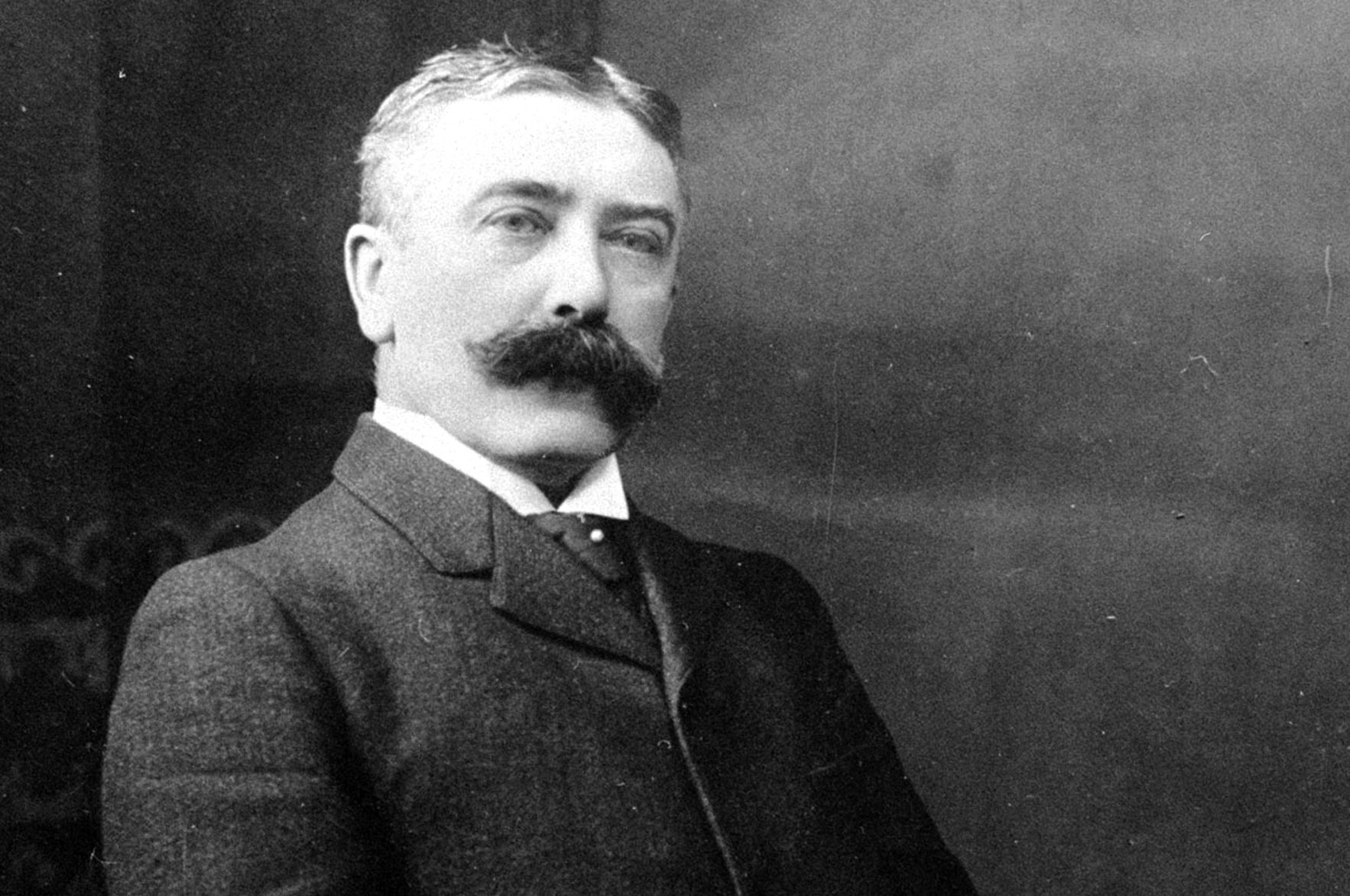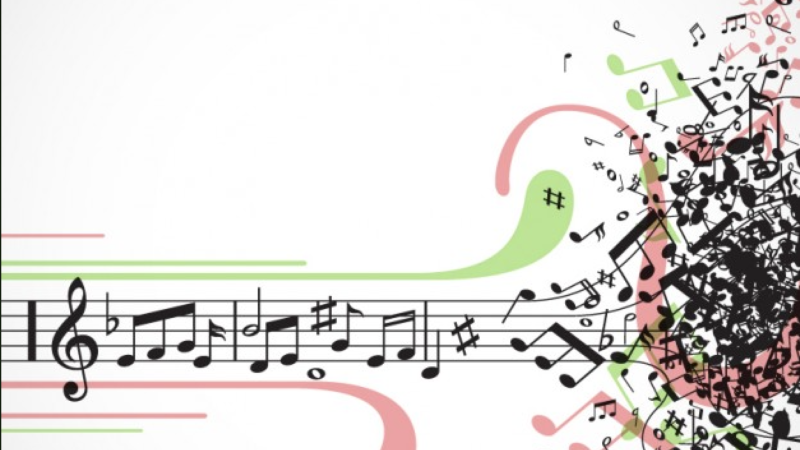De Saussure: Language and Mental Representations of The World
Ferdinand De Saussure (1857-1913) was a Swiss professor who taught linguistics at the University of Geneva. After his death, his students collected their notes of his “Courses in General Linguistics”, and published them. This publication had a very strong intellectual impact; it laid the foundations of modern linguistics, influencing communication studies to these days.
Food, linguistics, and De Saussure
Let’s start with a thought experiment: think about the word “food” and visualize the image that comes to your mind. Now, ask a friend to do the same, and to describe their mental image to you. Most probably, the two images will be different, although you were thinking of the same word. This is the first important concept that De Saussure theorized. Words (“signs”) do not directly indicate (“signify”) the real thing they are referencing (“the referent”), but they signify the mental representation that a person has of that referent. That mental image is what is signified. This makes us reflect on the fact that our relationship to reality is never direct. It always mediated by language and by our mental representations of reality. As such, it is always relative and partial.
Let’s take this a step further: consider that other languages express the concept of food is expressed with completely different words. This is the second important point that De Saussure makes: language is arbitrary – a system of arbitrary signs. There is no rule for which the word “food” should mean food, and not, say, the sky. It is just an arbitrary convention. Therefore, we can never be sure that the categorizations through which we capture reality are absolute. Indeed, no such thing as food exists outside of language, for it is language that categorizes some particular objects as “food”. Even more: words only take meaning in relation to one another, within the total system that is an idiom. This points to the fact that language and culture are inextricably bounded; the language(s) we learn inform and structure our way of thinking.
Finally, the third important distinction that De Saussure makes is between “langue” and “parole”. With “langue”, De Saussure means an idiom, such as English, in its abstract collective form – in which the sign “food” means “something you can eat”. The “parole” is the individual, unique utterance of a sign – when you actually say “food!” with your own voice, accent, and intonation, in a precise context, at a precise moment.
Long-Lasting Influence
These concepts (of sign, signifier, signified, langue, parole, and arbitrariness of language) have laid the foundations for over a century of linguistic studies, and more recently, communication, media, and cultural studies. Of course, De Saussure’s theories (referred to as “structural linguistics” because of his idea of an idiom as a total system) have not gone unchallenged, and countless other people around the world have reflected on the nature of language long before and after his work. However, his ideas were groundbreaking in Europe at his time, and he is still considered one of the founding fathers of linguistic in the Western canon.
______________________________
Do You Like Languages? Join Us!
We are a group of people who believe that language skills could be more valued in the job market. For this reason we created Kolimi, a platform that connects multilingual professionals to the people and business needing them, in any field of work.
Join us to find new opportunities! You can also follow us on Facebook, Twitter, YouTube or LinkedIn to discover new things about languages!
______________________________







